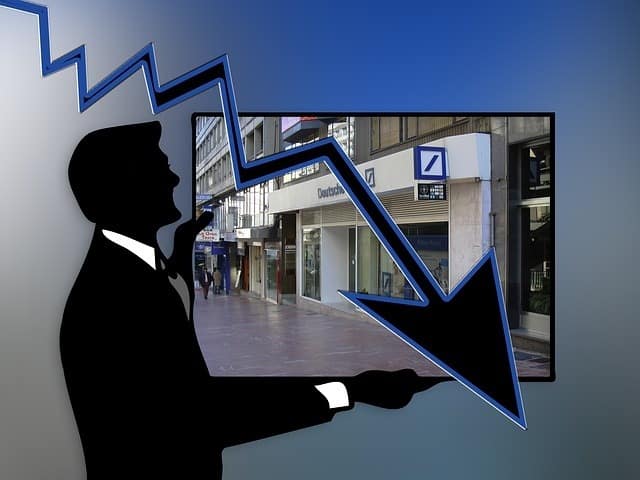Anyone who’s ever attended a trade show knows that a lot of time, money, and work goes into it. The success of a trade show is not determined by one factor alone; in fact, to get the most out of a trade show, companies need more than an eye-catching custom trade show booth design – they need a solid strategy from start to finish. And while it’s undeniably important to attract prospective clients to your booth, engage and build rapport with them, determine their needs (and how your business can satisfy them), and collect their information, this effort is wasted if you don’t take the time to do a proper follow-up after the show.
More often than not, companies are so focused on obtaining leads that they simply fail to turn them into anything more – according to a study conducted by the Center for Exhibition Industry Research (CEIR), 80% of trade show leads never end up hearing from the company that worked so hard to pitch to them.
Remember, Leads Are Time Sensitive
Following-up with leads starts right there on the trade show floor. This isn’t to say that you should fire off an email to them while they’re still within earshot – instead, you should take a few moments to make detailed notes about what they were interested in and when they’re looking to buy. Have your team assess whether or not they’re a hot lead (someone you need to follow up with within 48 hours) or a cold lead (someone who’s interested, but needs more time). Doing so allows you to make sure that the most interested parties are contacted first.
Decide on Your Follow-Up Tools

Understanding how you plan on following-up with your leads is just as important as getting them in the first place. Knowing the tools that you plan on using allows you to accurately gauge what resources you’ll need to follow-up with everyone within your scheduled timeline. Follow-up methods include the following:
- Phone call (time consuming, but well worth it for relationship building)
- Email (this process can begin on the show floor, and using a good CRM product can allow you to customize each email quickly)
- Mail package (this could include catalogues, branded swag, and price sheets. Best to have these made up prior to you attending the show so they can be sent out without delay)
Determine Your Communication Timeline
Many entrepreneurs – especially those new to the trade show scene – struggle with when they should follow-up with the leads they got at the show, and not just the initial contact. There are four critical windows during which you should reach out to your leads after the show:
- One or two days after the show, send a simple email to your lead thanking them for taking the time to speak to you or your team. This applies to both hot and cold leads.
- In the two weeks following the show, set aside time to call your leads to schedule a face to face meeting, starting with your hottest leads. This will be easy to do if you took the time to classify them at the show.
- Two to three months after the show, organize a corporate event (like an open house, a lecture, or even a wine and cheese night) and invite your leads to attend.
- Between six and twelve months after the show, send your leads special promotions or discounts to earn their business.
Additional Tips

It’s important to evaluate the financial benefit of attending a trade show after it’s all said and done. When you factor in the cost of your booth and your travel and accommodation expenses, the number of new clients acquired or sales attributable to the show should leave your company in a better place financially than if you didn’t attend the show at all.
Determining the return on investment (ROI) can be different from one company to the next; company A might simply have a goal to acquire 100 new clients in a given geographic market, while company B might want to clear out aging inventory by offering huge discounts to attendees. Whatever your metric is, you and your team need to understand the objective for attending the show and how your company performed against that objective. That means holding your team accountable for following up with their leads and analyzing their efforts throughout the year.

